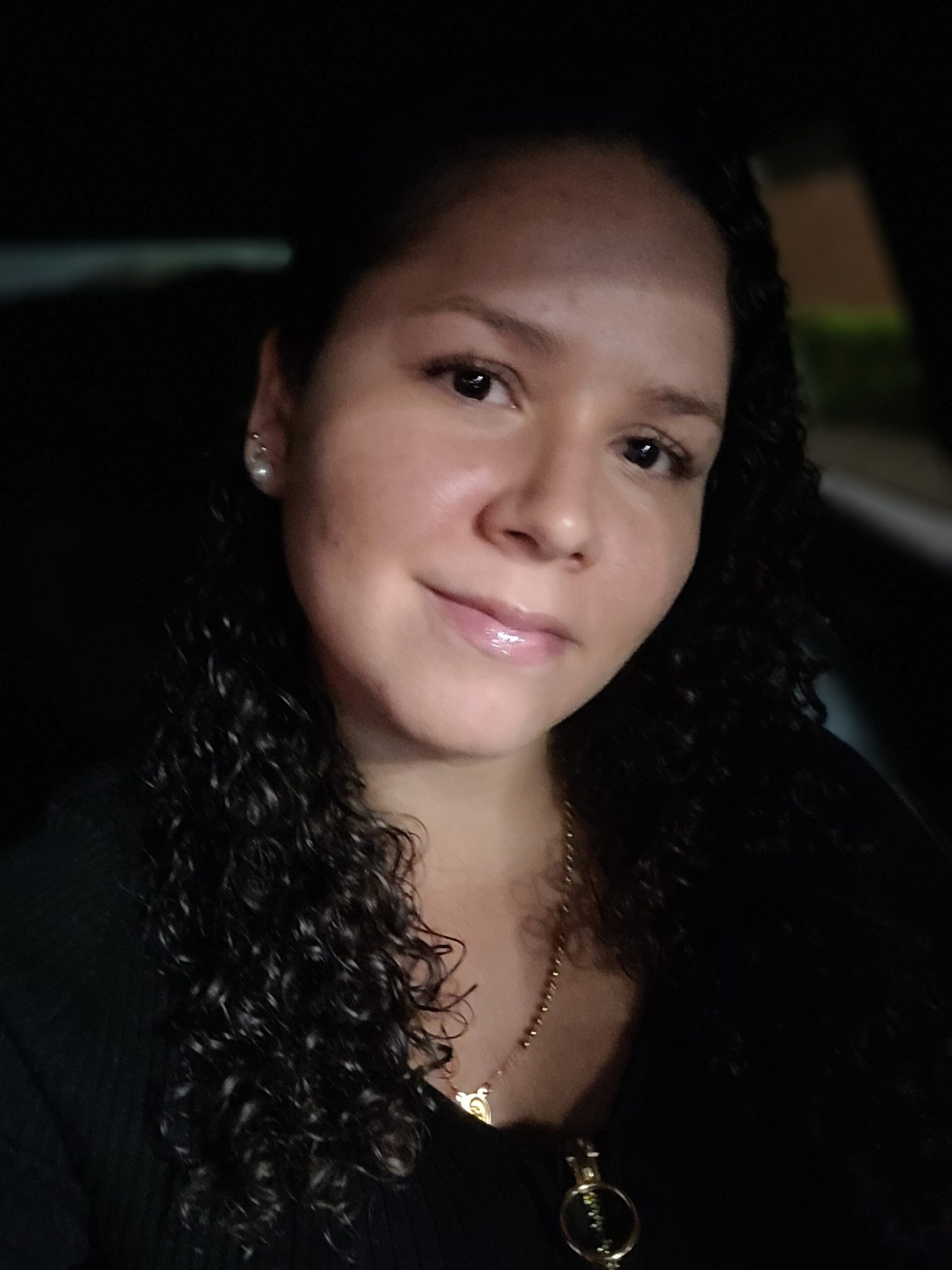Many people struggle to build wealth because they don’t understand the fundamental difference between assets and liabilities. Knowing how these two concepts work is crucial for managing finances effectively and achieving financial independence.
In this article, we will explore the differences between assets and liabilities, provide real-life examples, and explain how to use this knowledge to grow your wealth.
What Are Assets?
An asset is anything that puts money in your pocket. It has value and can generate income, appreciate over time, or be sold for a profit. Assets help you build wealth by increasing your financial net worth.
Examples of Assets
- Cash and Savings – Money in your bank accounts, including emergency funds.
- Stocks and Investments – Shares in companies, mutual funds, and ETFs that grow in value.
- Real Estate – Rental properties that generate income or appreciate in value.
- Businesses – Owning a company or side business that generates profit.
- Intellectual Property – Books, patents, or digital products that earn royalties or passive income.
- Bonds – Loans to governments or corporations that pay interest over time.
What Are Liabilities?
A liability is anything that takes money out of your pocket. Liabilities represent debts or expenses that reduce your financial resources. While some liabilities may be necessary, too many liabilities can prevent wealth accumulation.
Examples of Liabilities
- Loans – Student loans, car loans, and personal loans.
- Credit Card Debt – High-interest balances that increase over time.
- Mortgages – A home loan is a liability, but it can become an asset if the property appreciates or generates rental income.
- Car Payments – A car loses value over time, making it a liability.
- Subscription Services – Monthly expenses like gym memberships or streaming services.
The Key Difference: Income vs. Expense
The easiest way to understand the difference between assets and liabilities is:
- Assets put money in your pocket (increase income).
- Liabilities take money out of your pocket (increase expenses).
For example:
- A rental property is an asset if it generates more income than its expenses.
- A car loan is a liability because it requires monthly payments and the car loses value.
How to Build Wealth by Focusing on Assets
To achieve financial success, you must increase assets and reduce liabilities. Here’s how:
1. Invest in Income-Generating Assets
- Buy stocks or index funds that appreciate over time.
- Invest in rental properties to generate passive income.
- Start a side business to create an extra revenue stream.
2. Avoid Unnecessary Liabilities
- Limit purchases that depreciate in value (e.g., luxury cars, expensive gadgets).
- Reduce credit card debt by paying balances in full each month.
- Avoid taking loans for non-essential items.
3. Turn Liabilities into Assets
- Rent out a spare room in your house to earn income.
- Use your car for ridesharing services (Uber, Lyft) to generate extra cash.
- Monetize skills or hobbies to turn them into financial assets.
4. Increase Cash Flow
- Prioritize passive income sources that require minimal effort after setup.
- Reinvest profits from investments to grow wealth faster.
- Automate savings and investments to ensure consistent financial growth.
Real-Life Example: How This Knowledge Can Change Your Finances
Imagine two people:
Person A – Focuses on Liabilities
- Buys a new car with a $500 monthly loan payment.
- Spends money on expensive gadgets and designer clothes.
- Uses credit cards without paying the full balance.
💸 Result: More debt, financial stress, and no wealth accumulation.
Person B – Focuses on Assets
- Invests $500 per month in an index fund.
- Buys a small rental property that generates $300 in passive income.
- Starts a side business selling digital products.
💰 Result: Increased cash flow, financial growth, and wealth accumulation.

